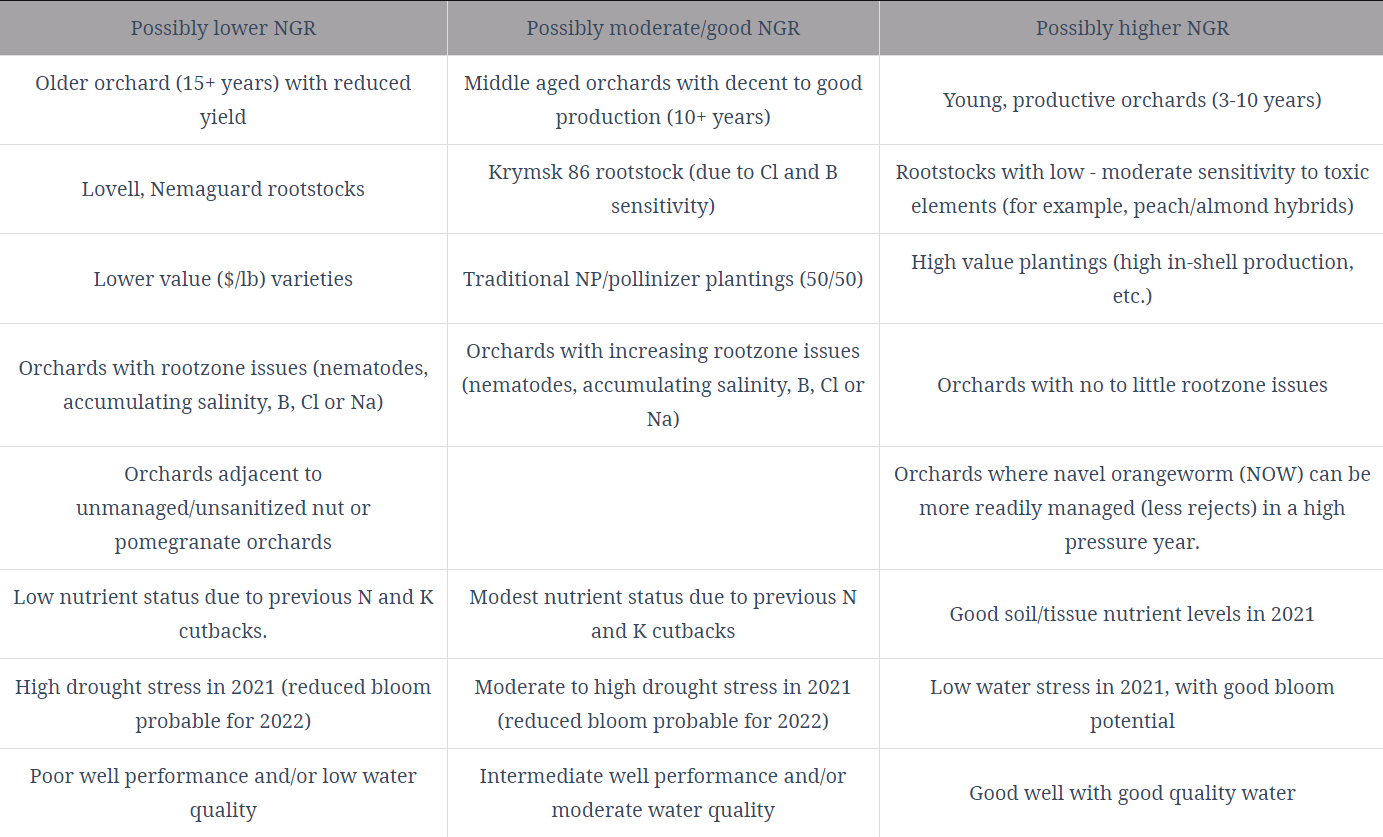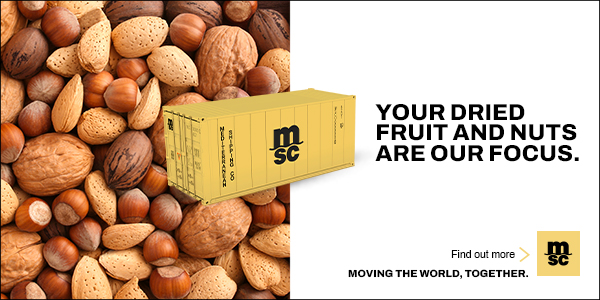
In the worst-case scenario of next year’s water quality and availability, UCCE advisors recommend growers start evaluating and ranking orchards by potential value if reduced inputs are considered.
The 2021-22 winter is showing some uncertainties surrounding irrigation water quality and availability, and the likely case (70% to 80% chance) will be a La Niña winter, according to the National Weather Service Climate Prediction Center. If history repeats itself, growers will see low precipitation this winter and low/no surface water allocations in the spring, resulting in potentially low water quality going into the next growing season. High salinity, high sodicity, high toxic ion counts and/or high bicarbonate counts can cause irrigation water to be low in quality and potentially decrease yields and long-term orchard health.
According to Franz Niederholzer, UCCE farm advisor for Colusa, Sutter and Yuba counties, in a Sacramento Valley Orchard Source blog, three important irrigation water quality components based on risk to almond growth or yield reduction are salinity, boron and chloride levels. UC research puts severe growth or yield reduction from salinity, boron and chloride levels at >3.2 dS/m, >3.0 ppm and >10 meq/l, respectively.
In the case of low or no surface water deliveries, falling well water levels and low water quality, Niederholzer recommends growers rank orchards by potential value, or net return to grower (NGR), in 2022 and beyond. Orchard conditions possibly influencing NGR include orchard age, rootstock, variety, root zone issues, navel orangeworm, nutrient status, 2021 drought stress and well status.
Almond growers might opt to prioritize orchards with higher NGRs depending on these conditions. Allocating inputs to higher yielding orchards can minimize the likely loss in potential net income. Limiting inputs to orchards considered for removal, Niederholzer said, could allow for additional savings to growers.
The key to ranking and prioritizing different orchards will be to plan ahead of time. This way, regardless of whether or not the state receives adequate rain and snow this winter, any springtime input decision will be made simpler, Niederholzer said.











